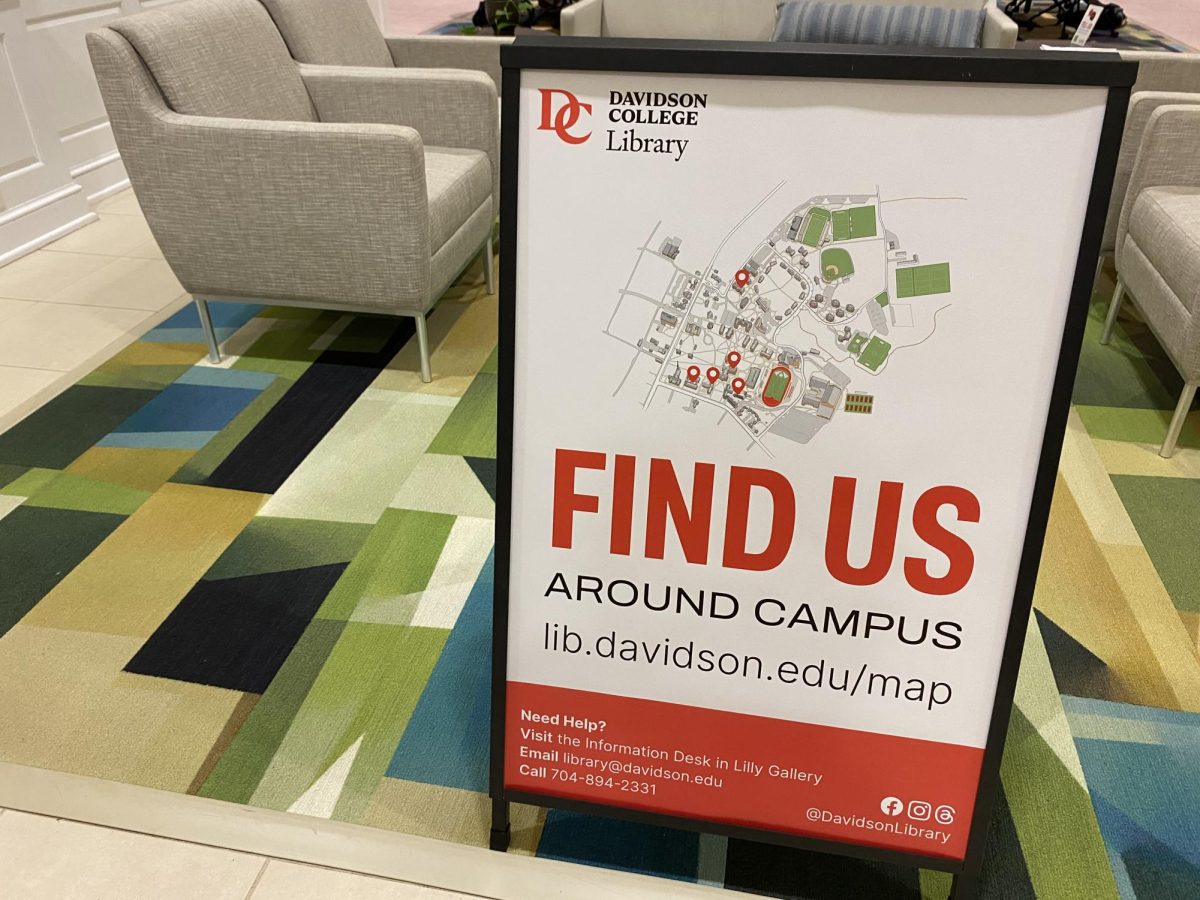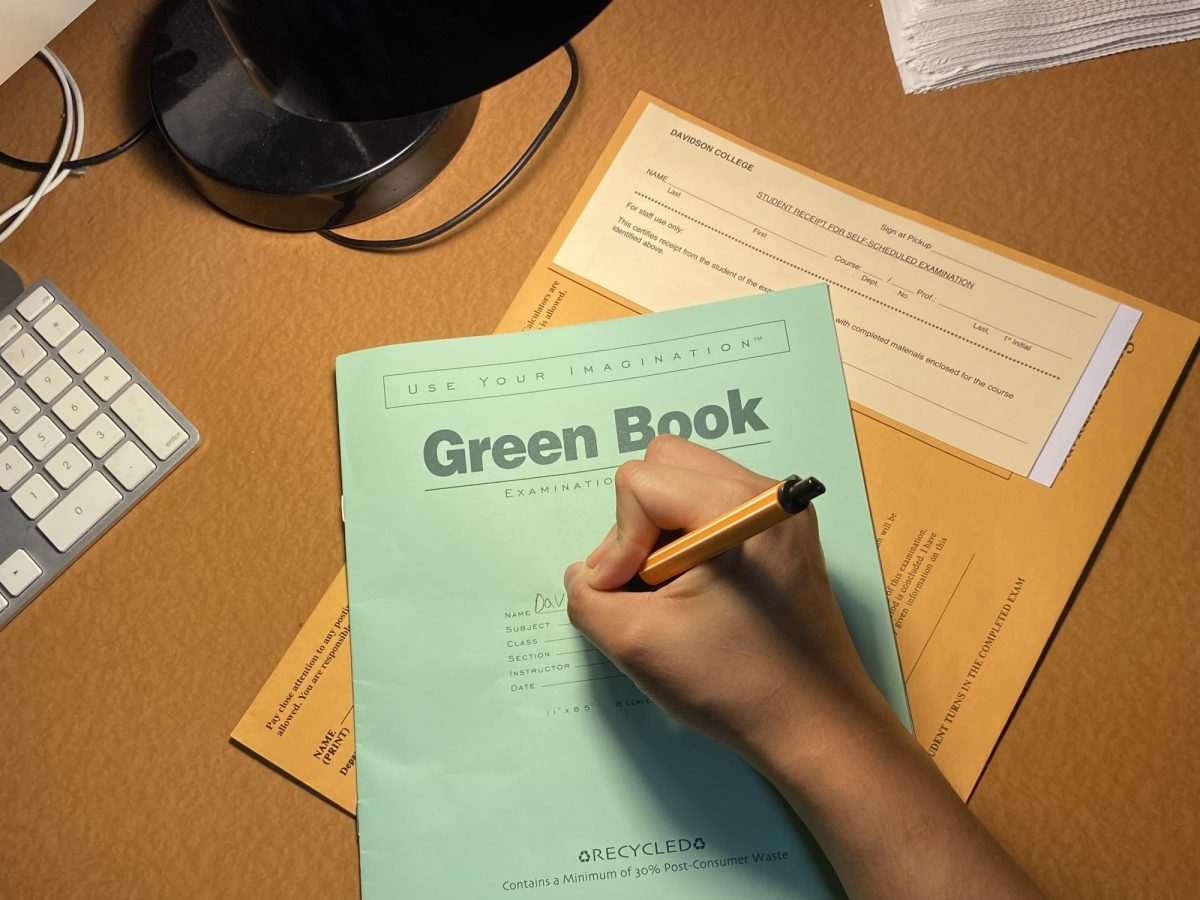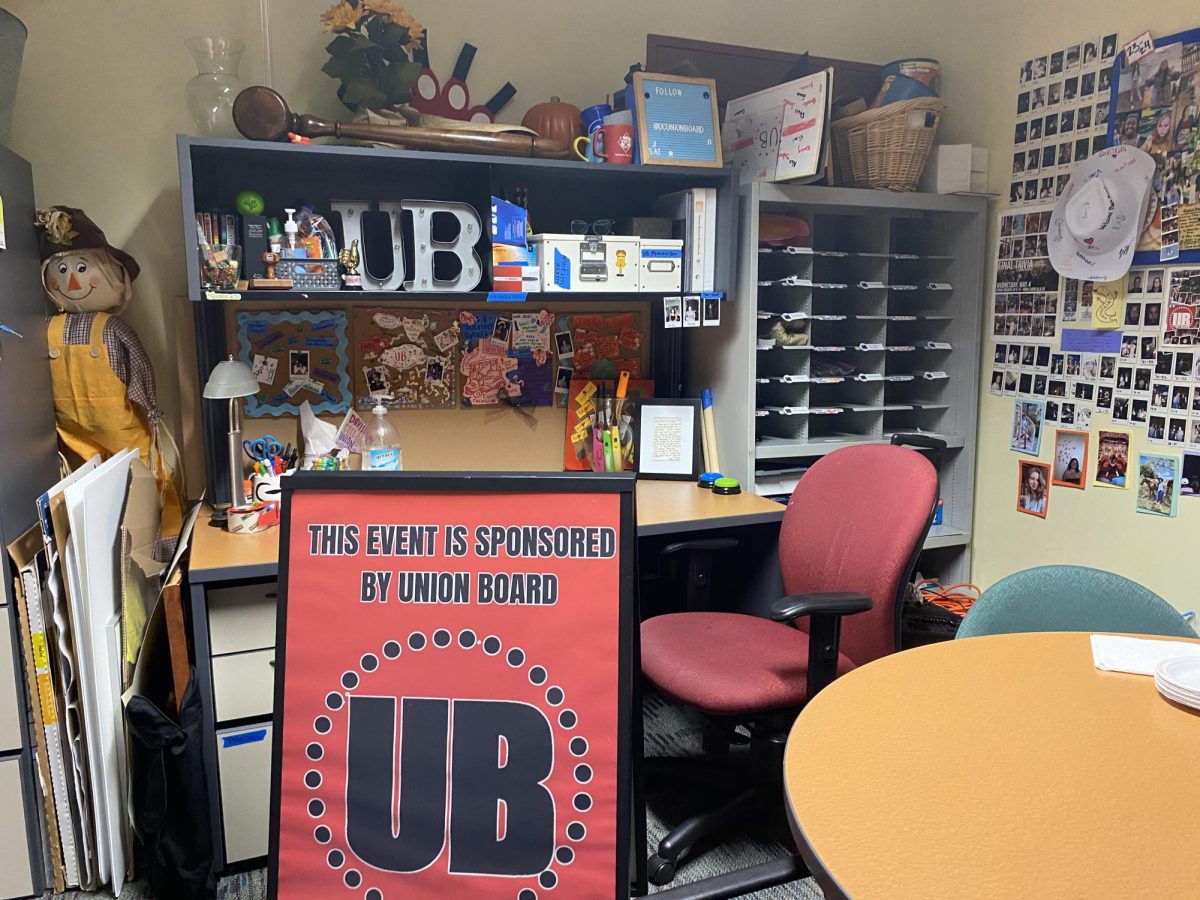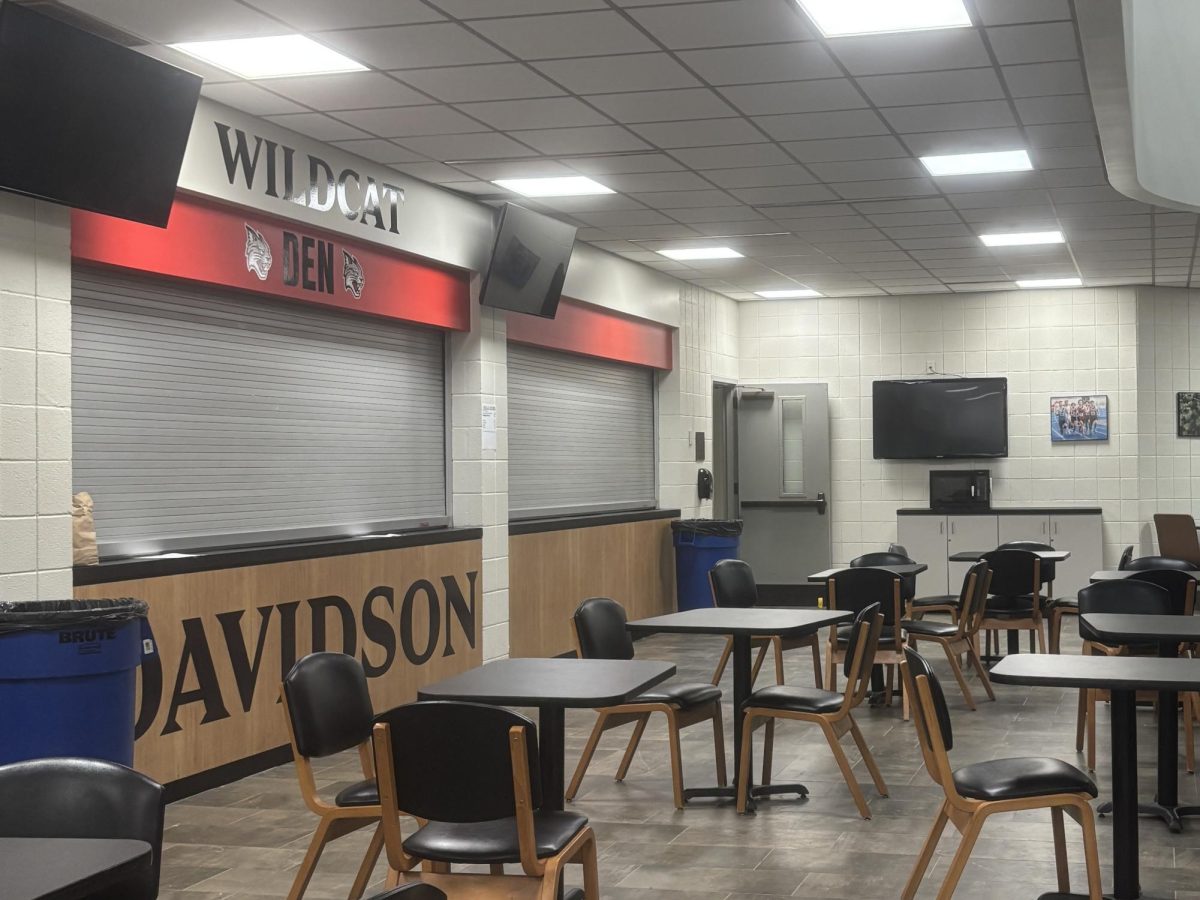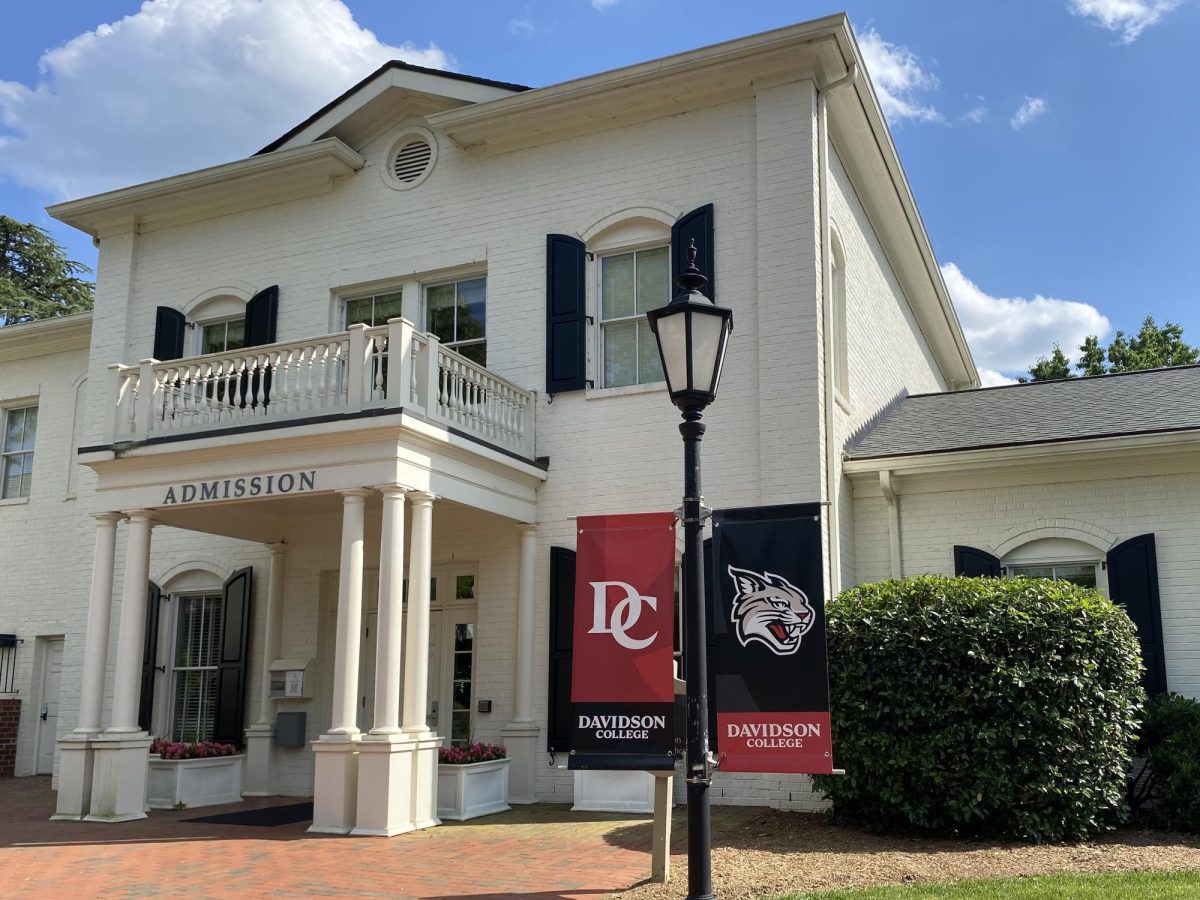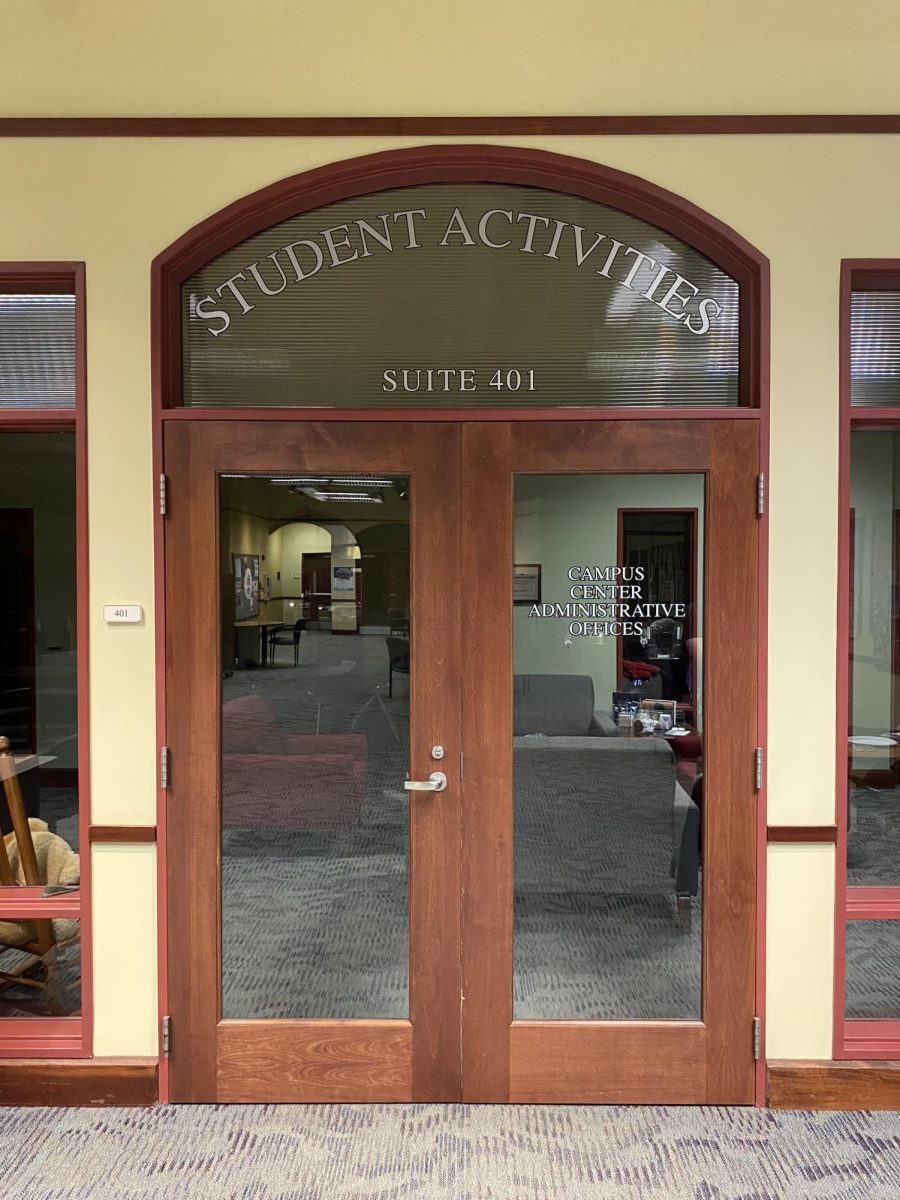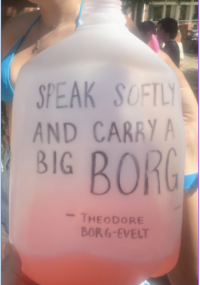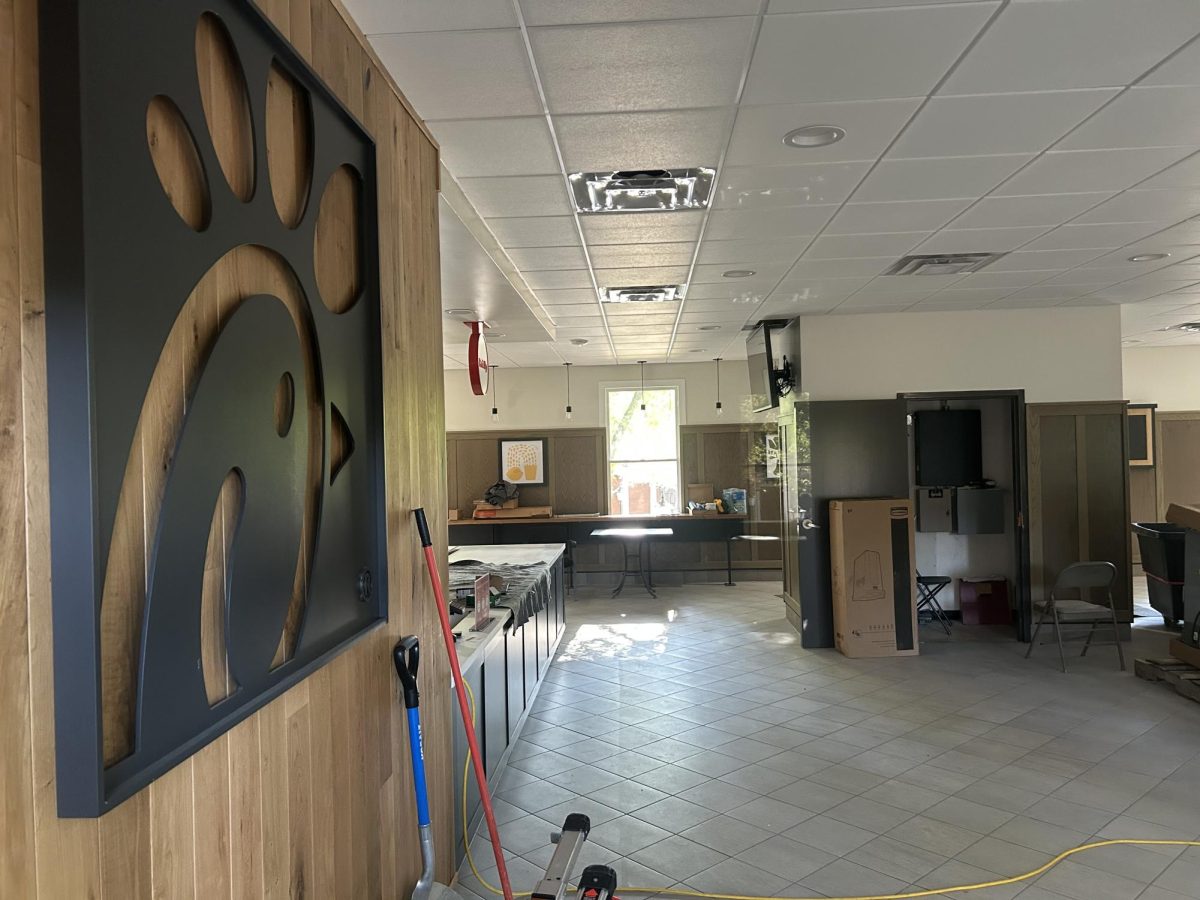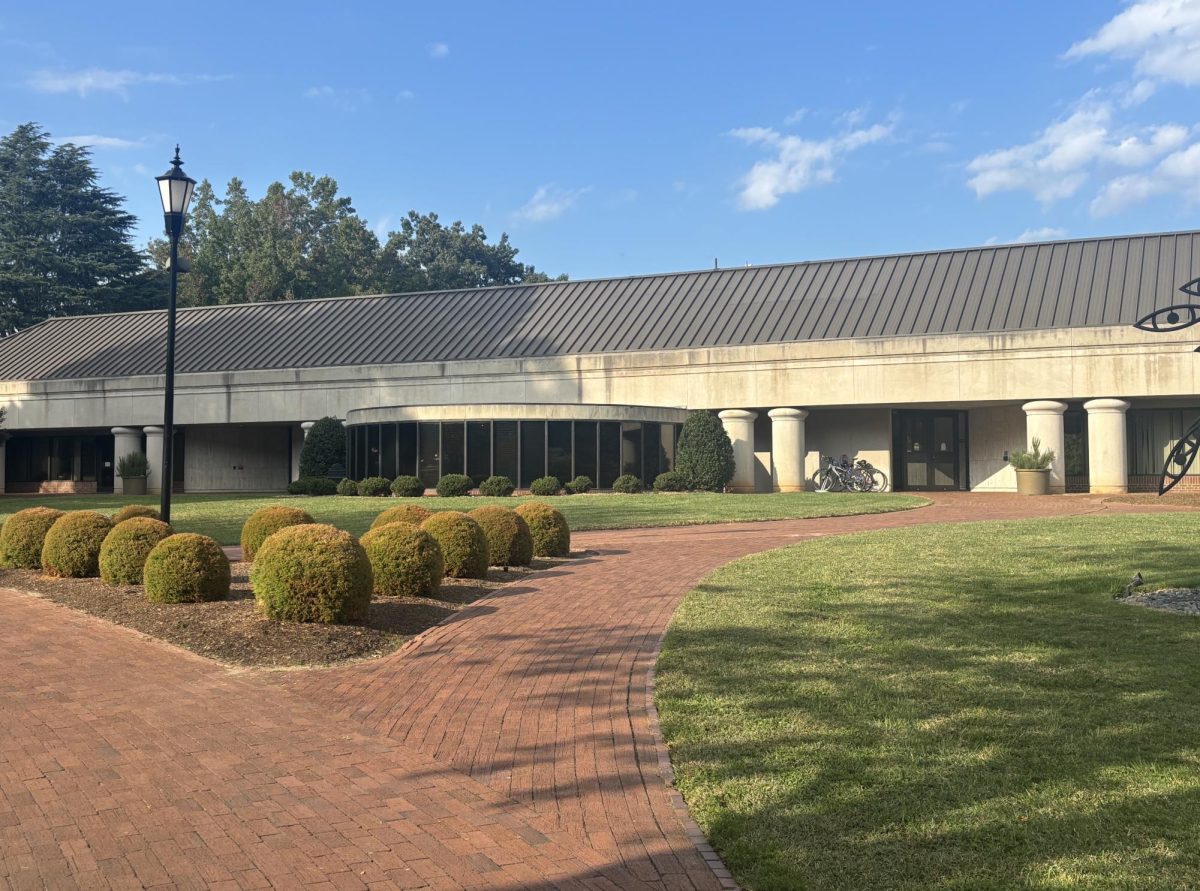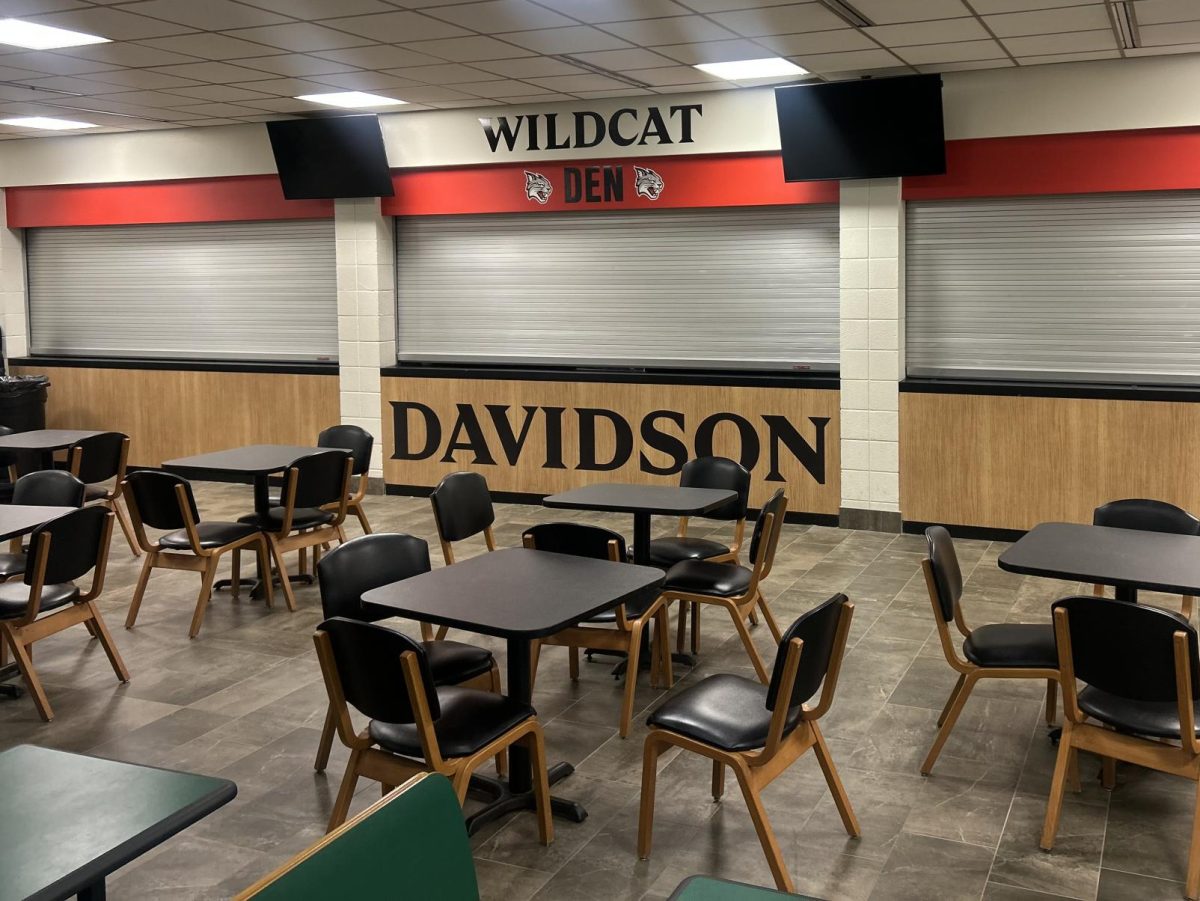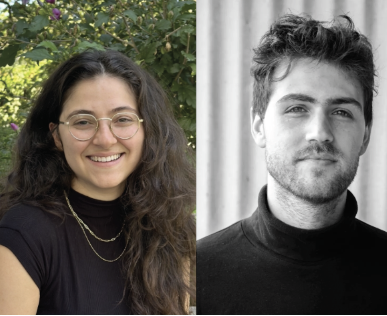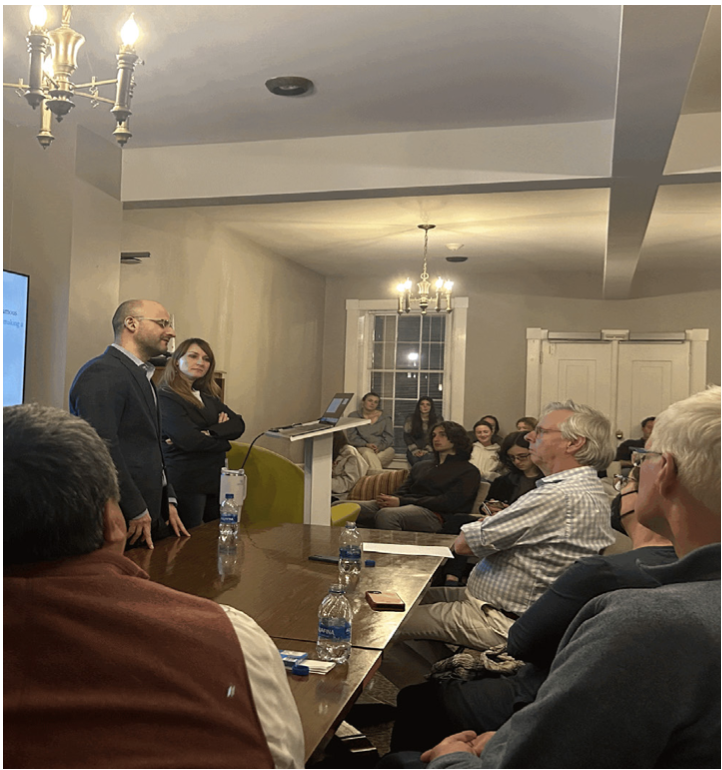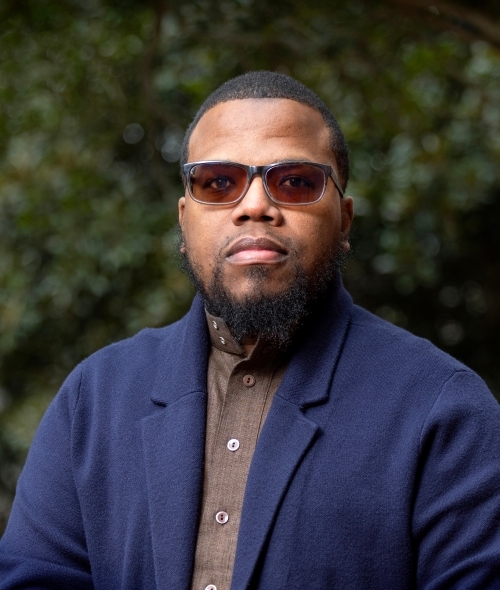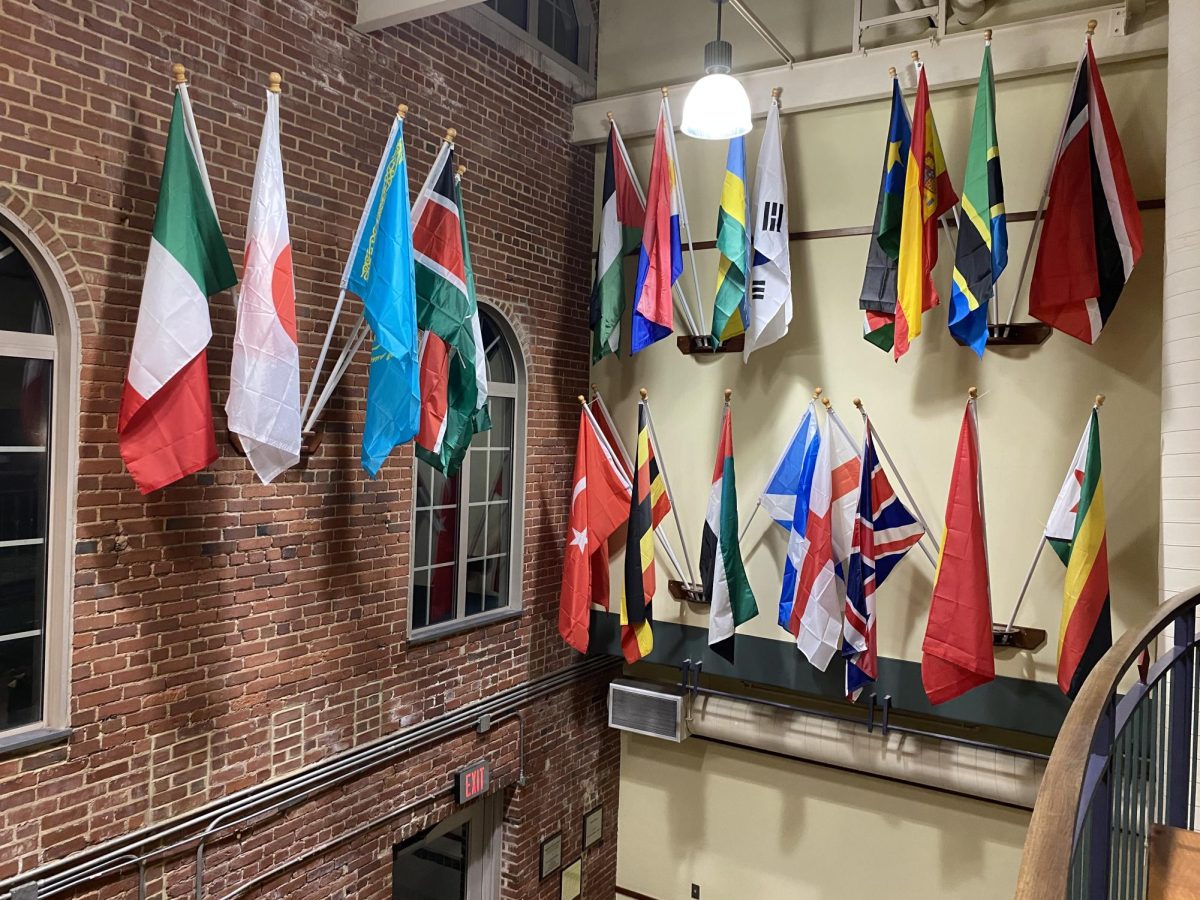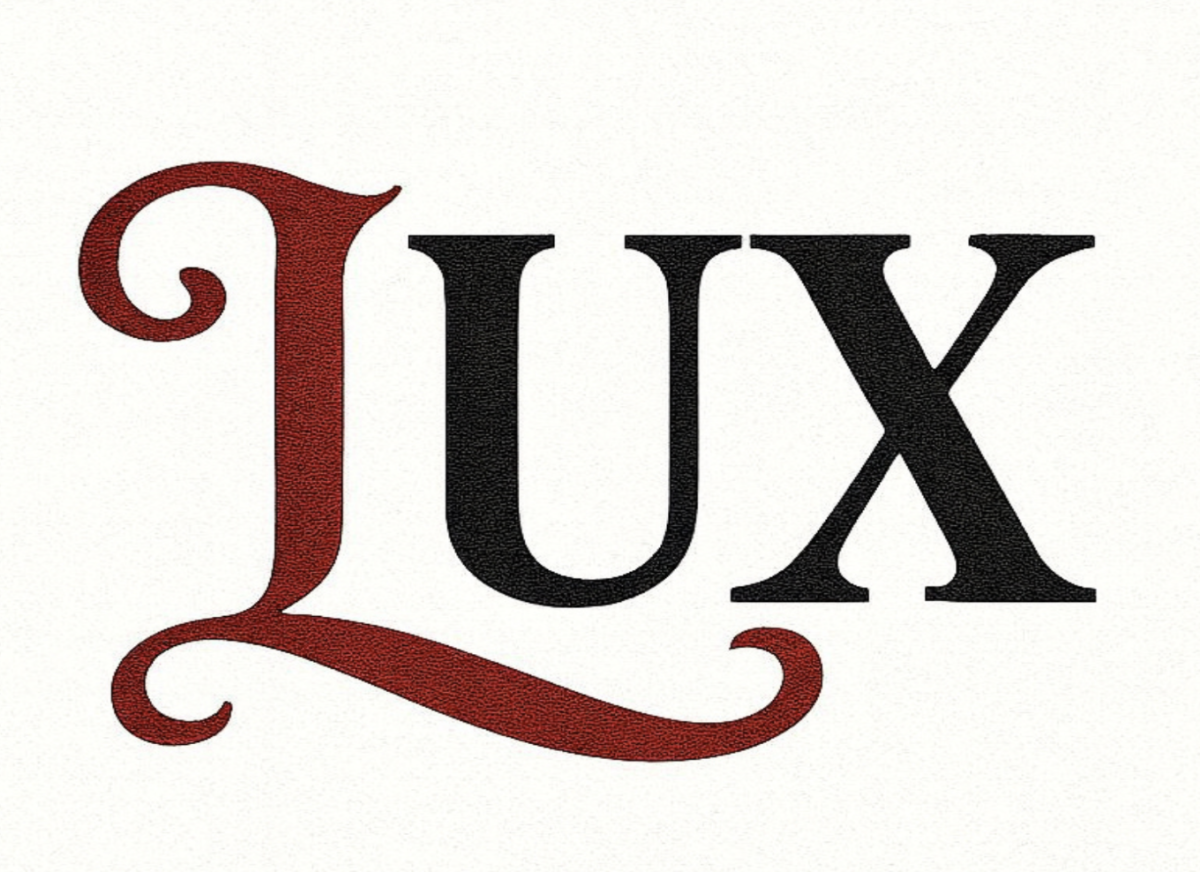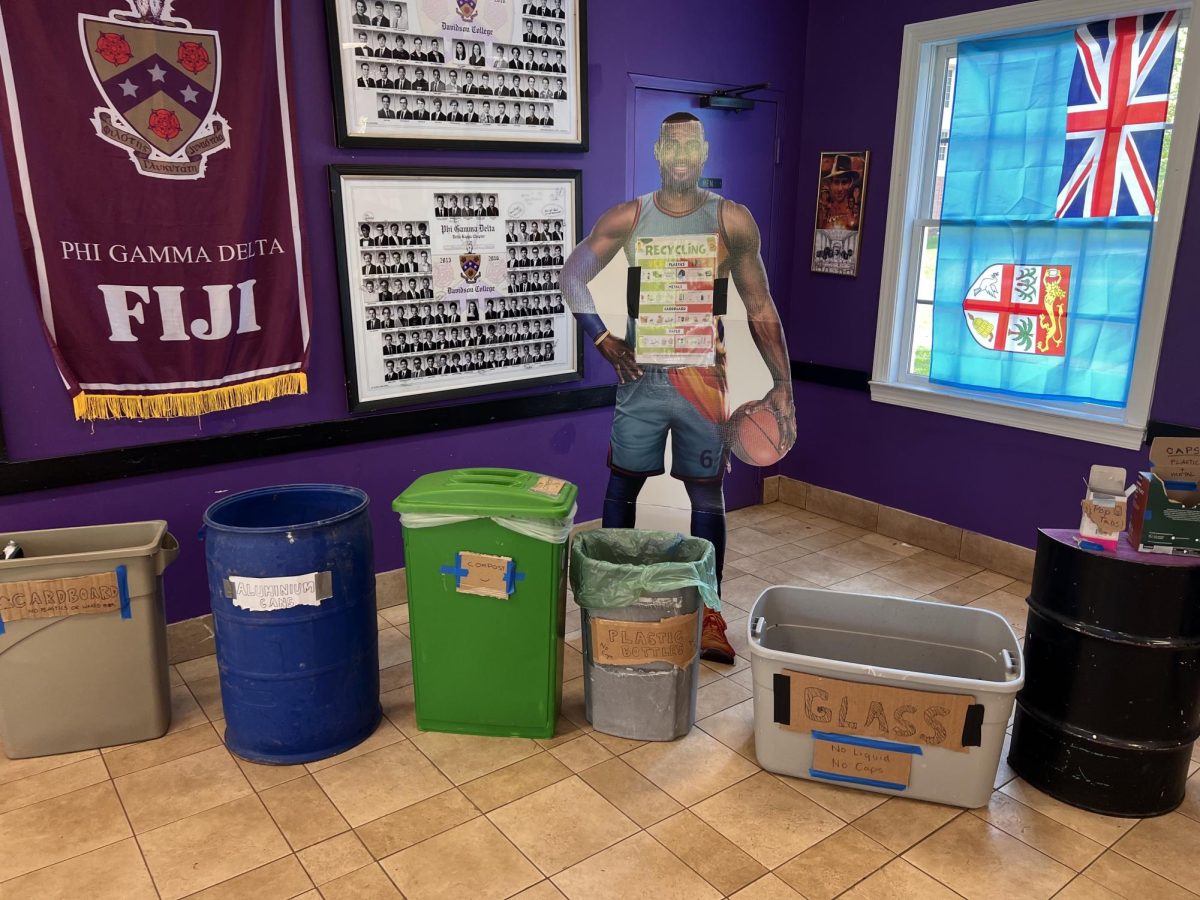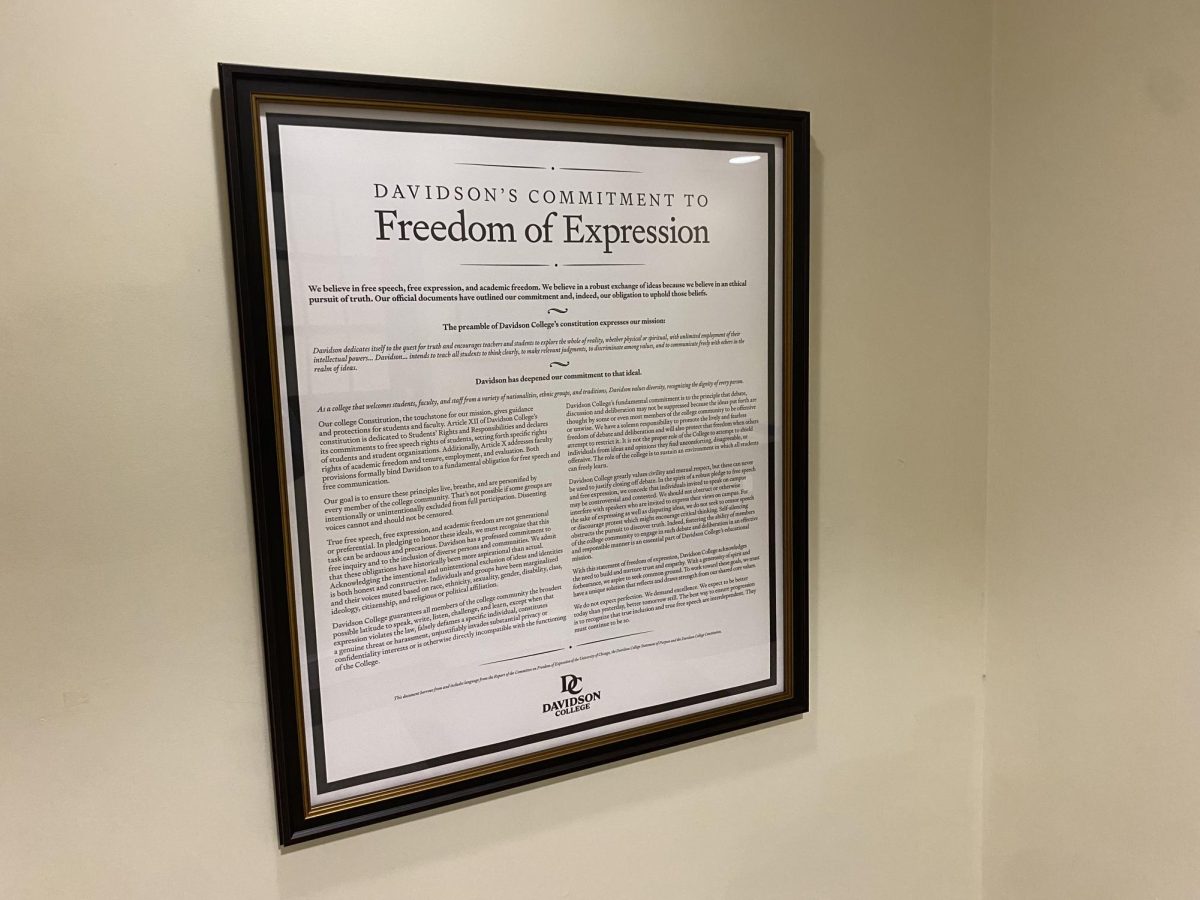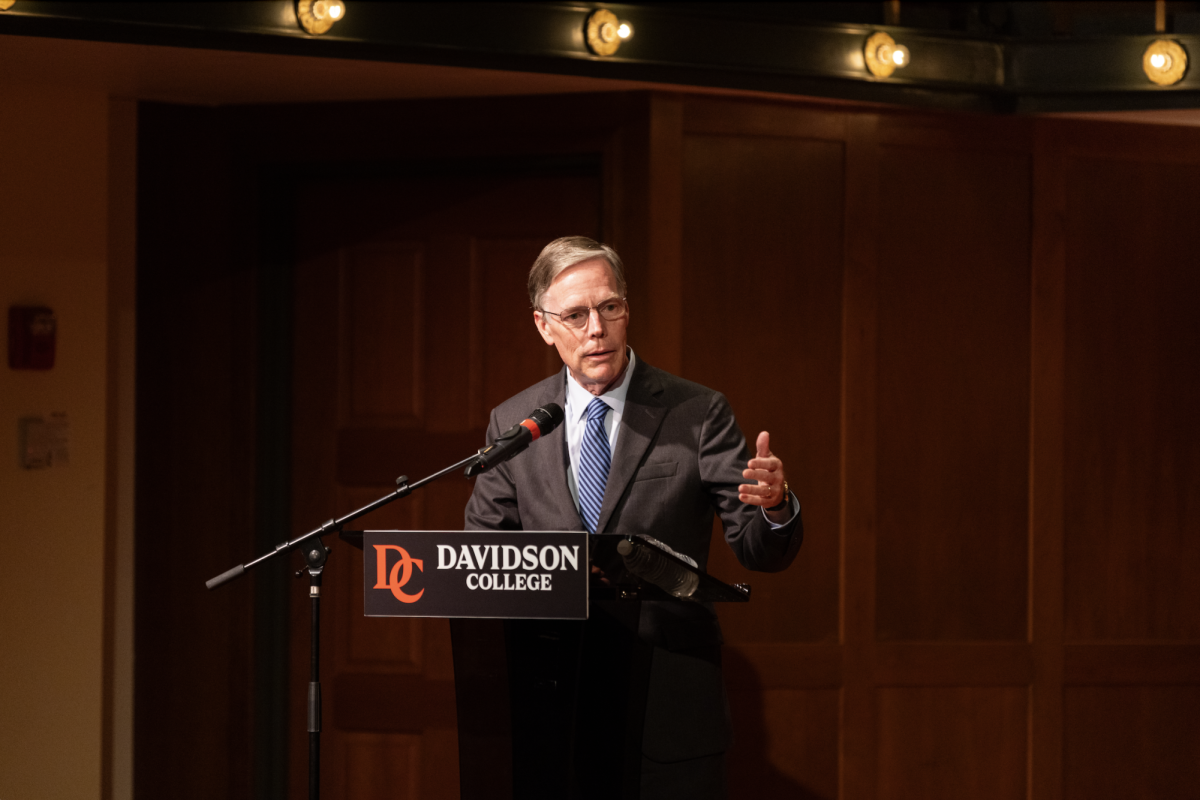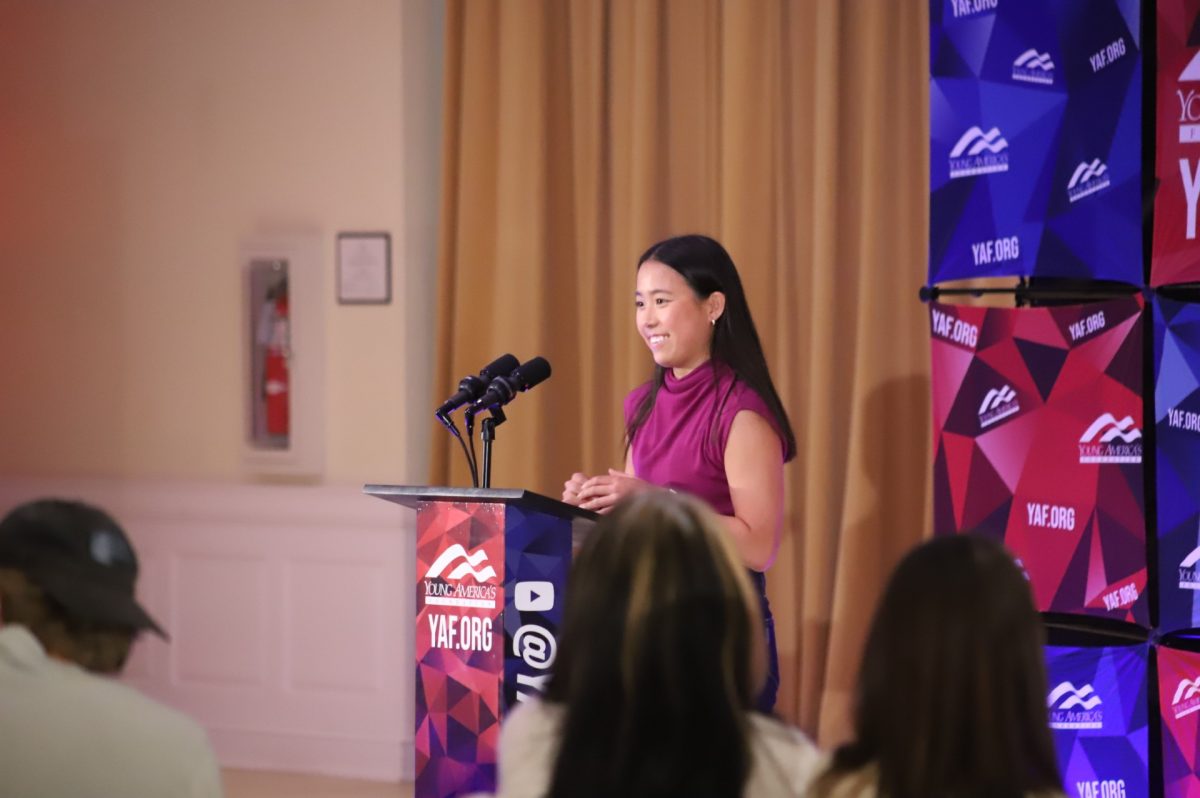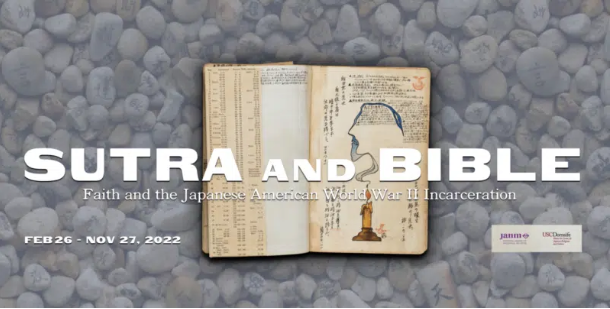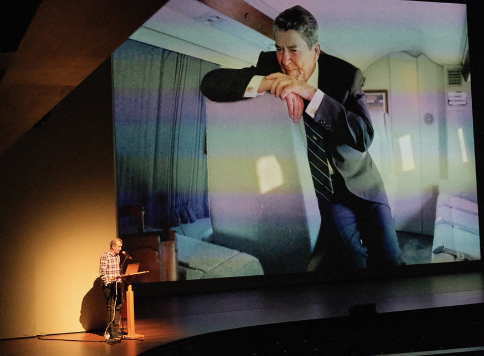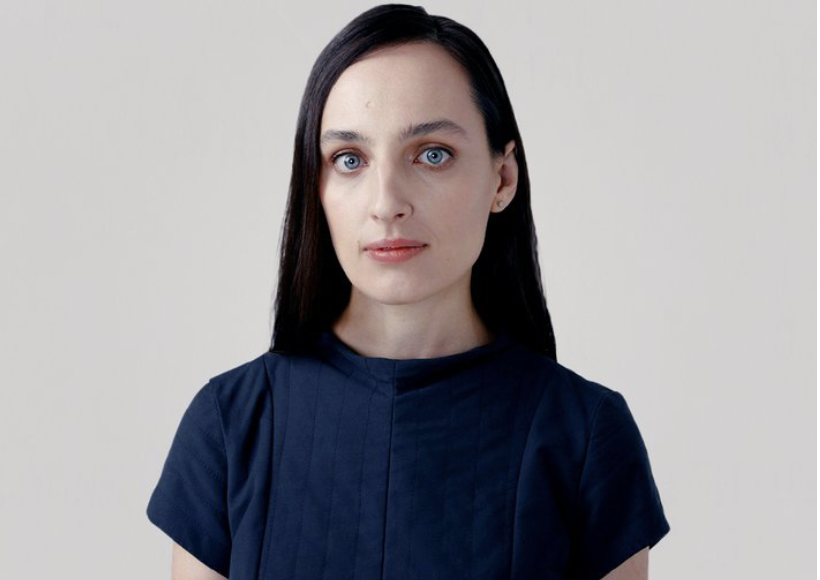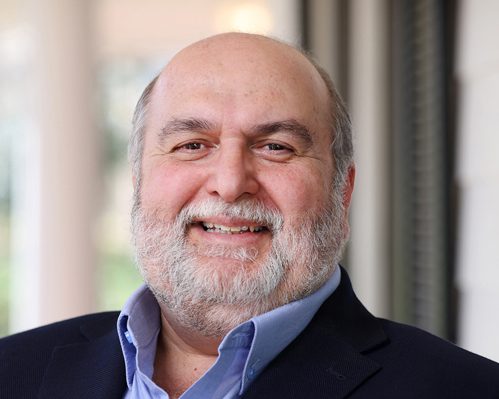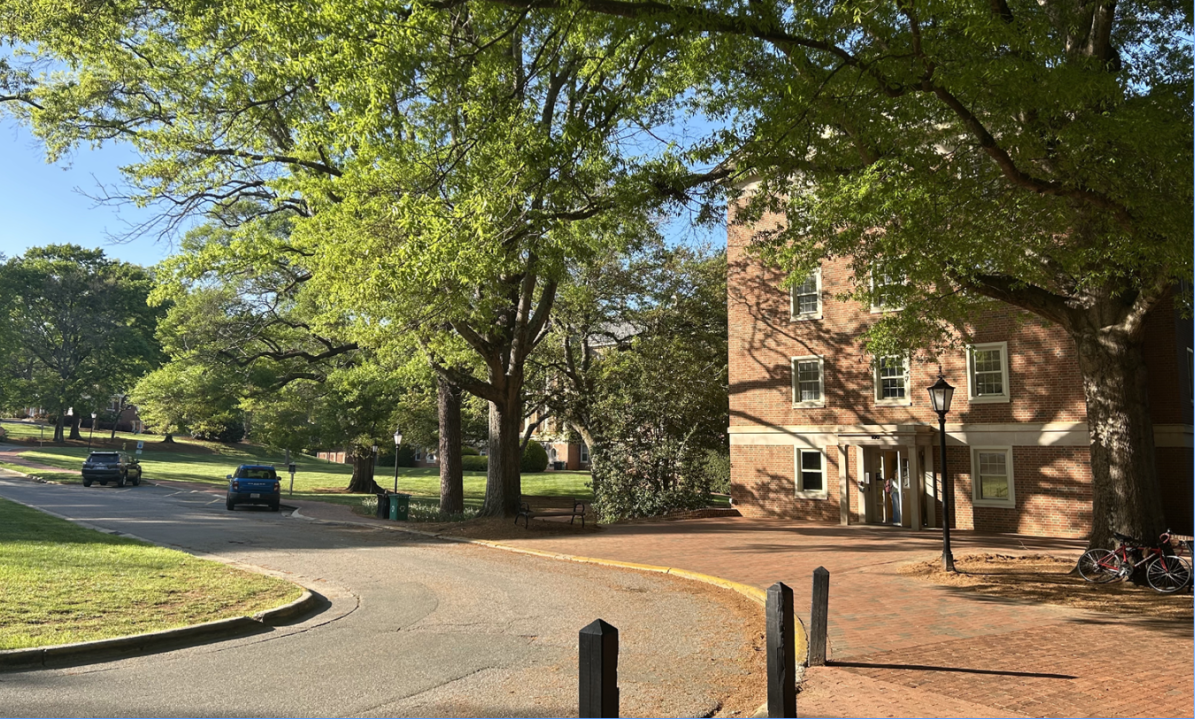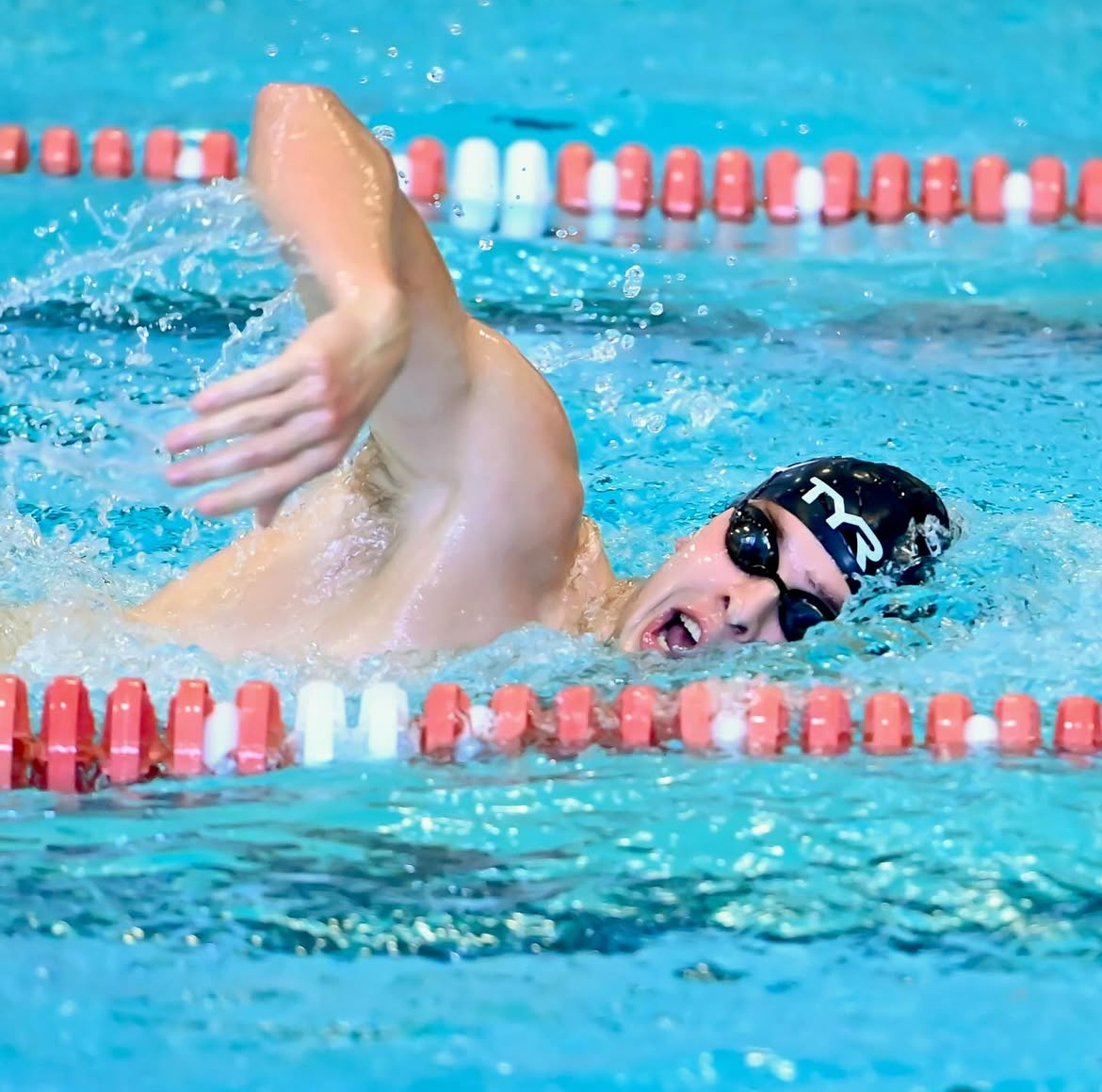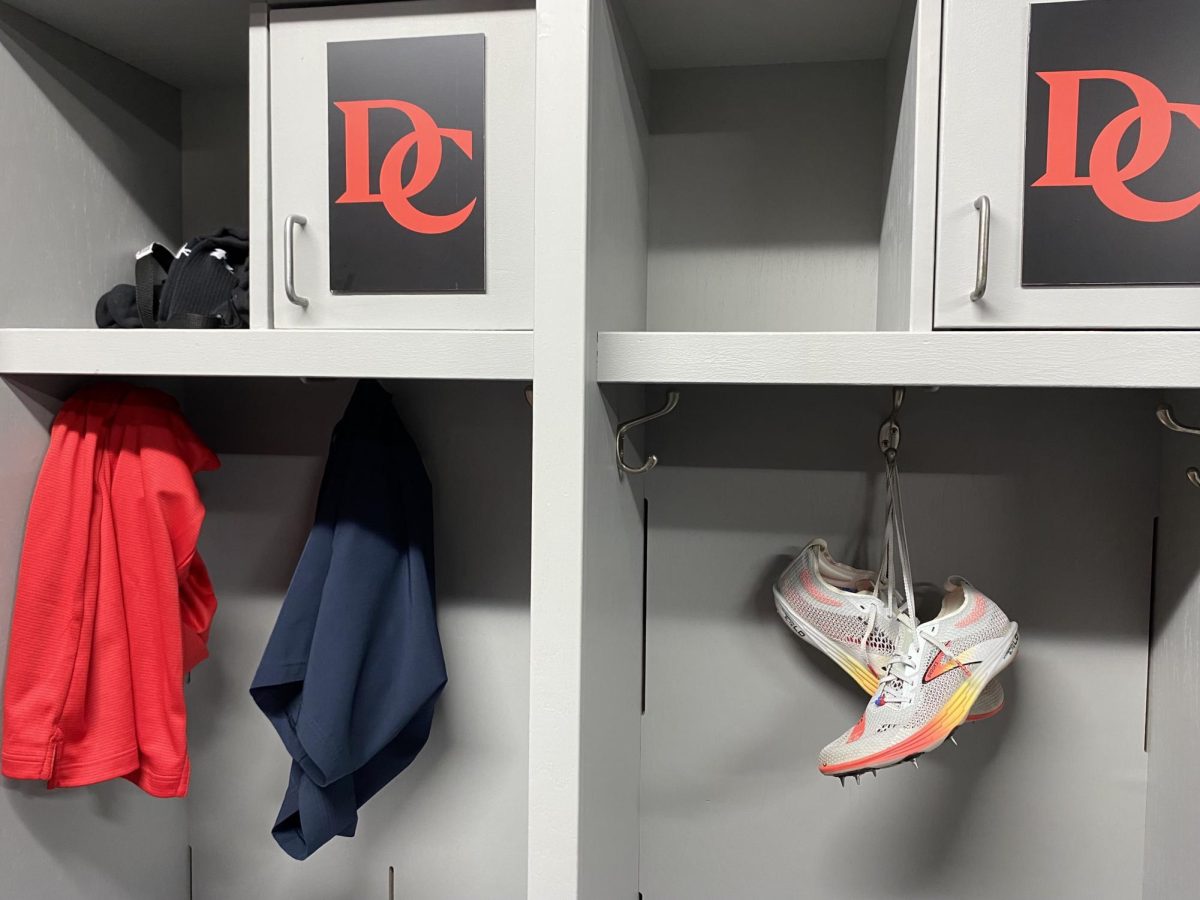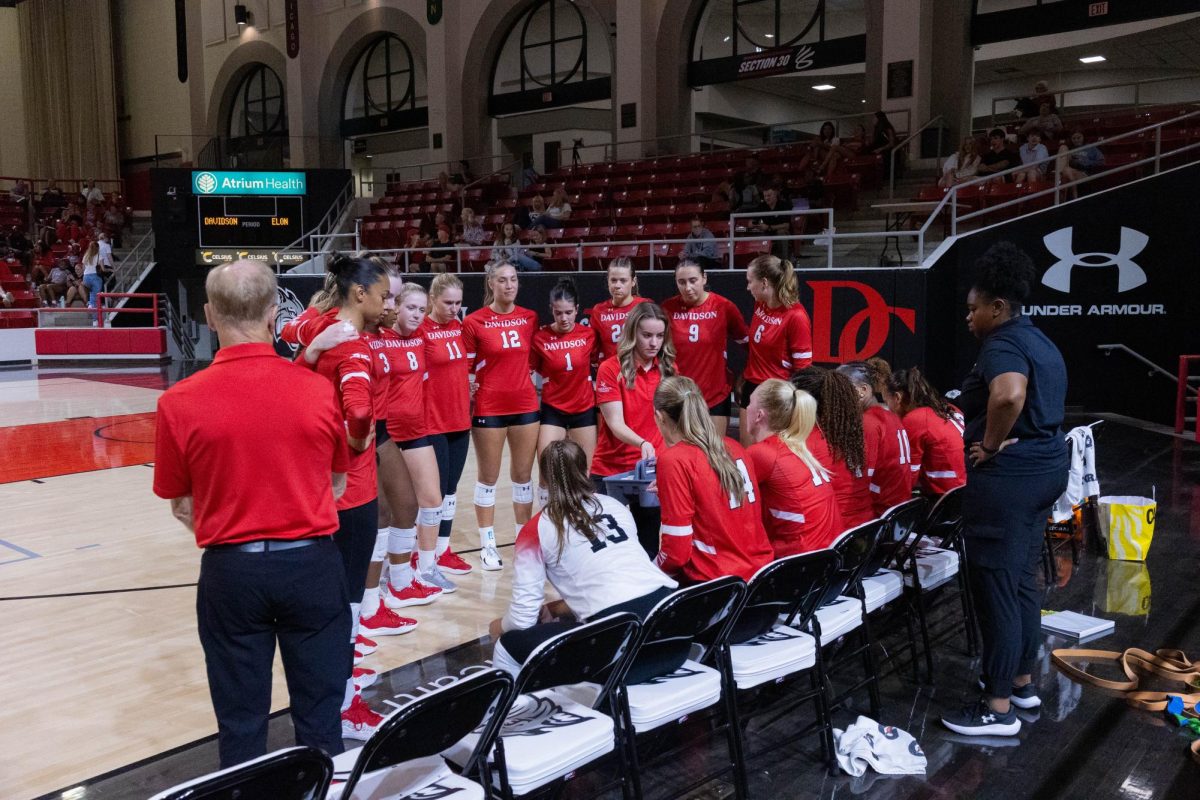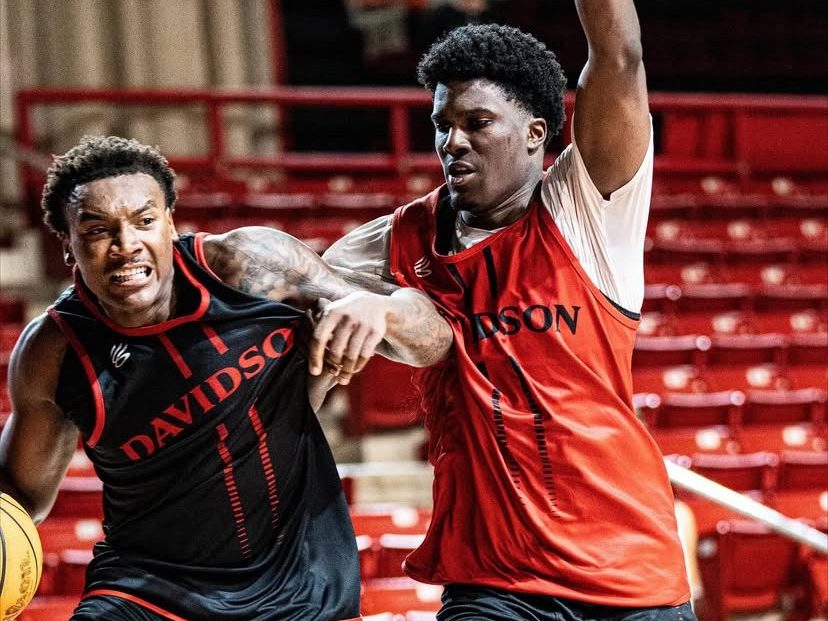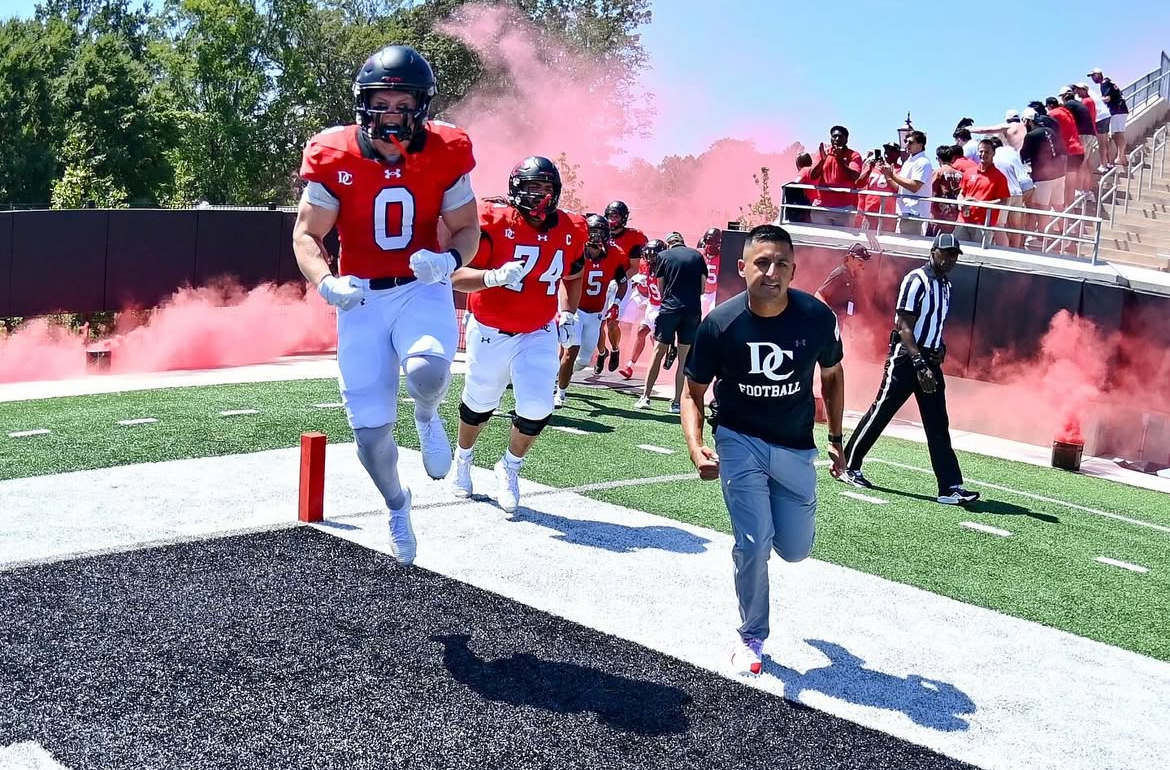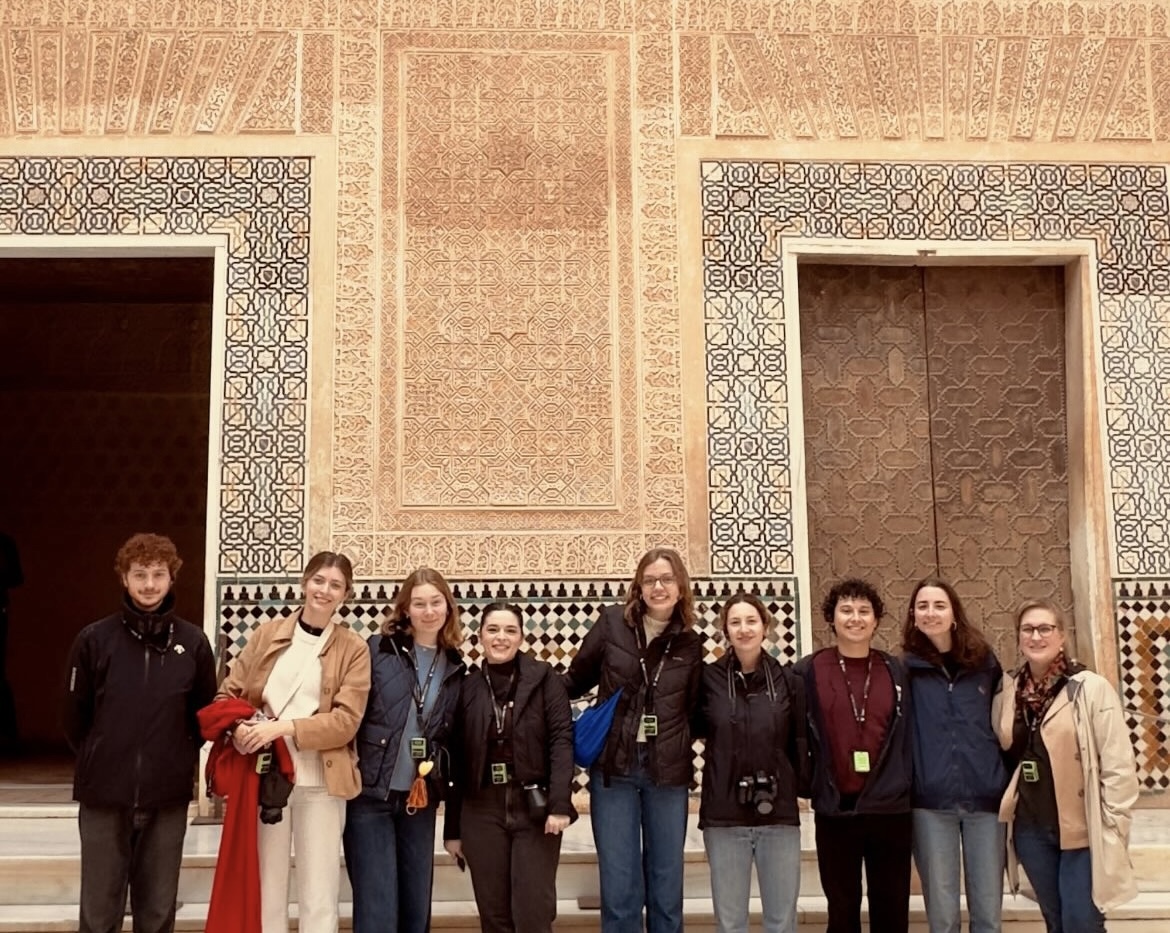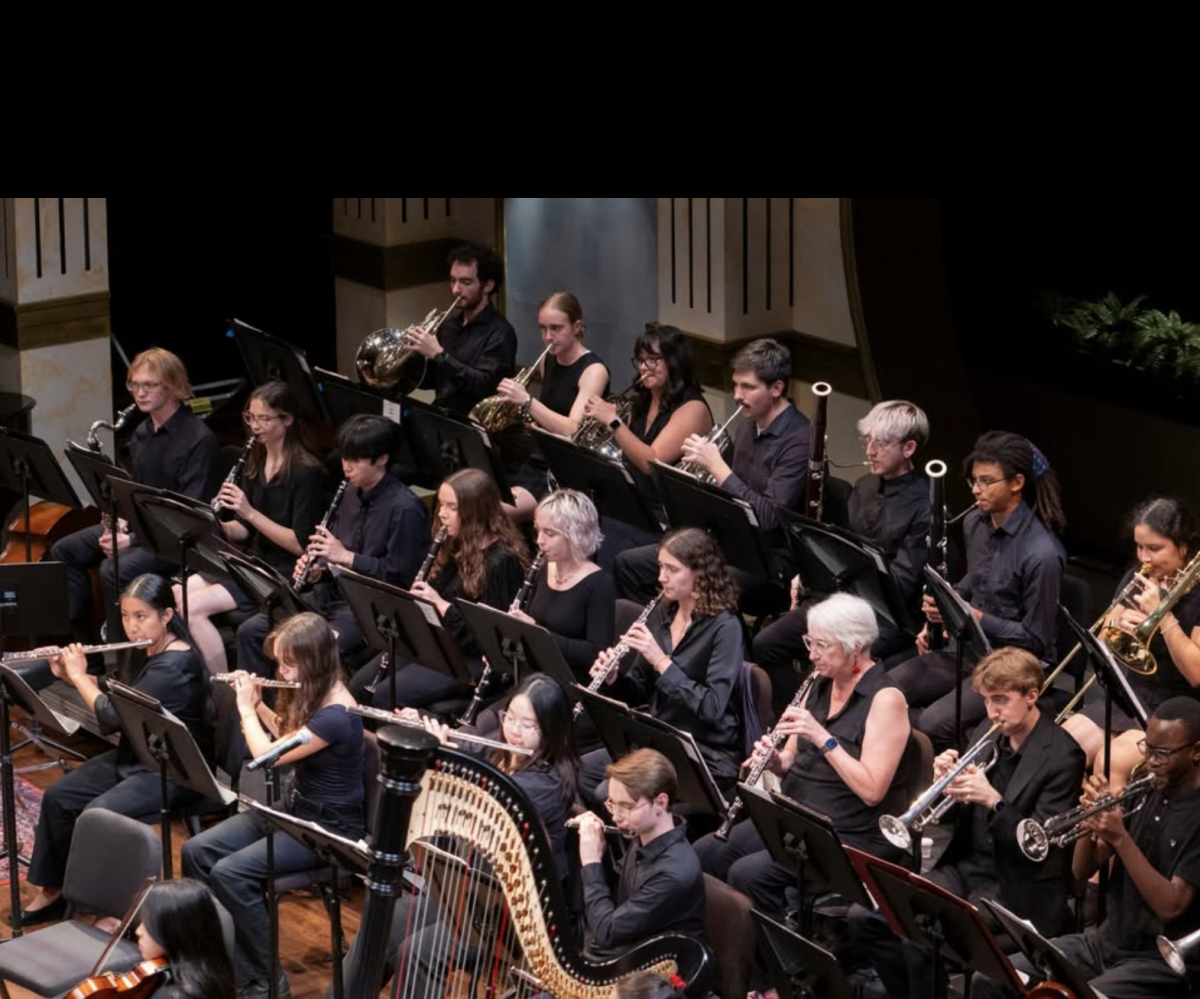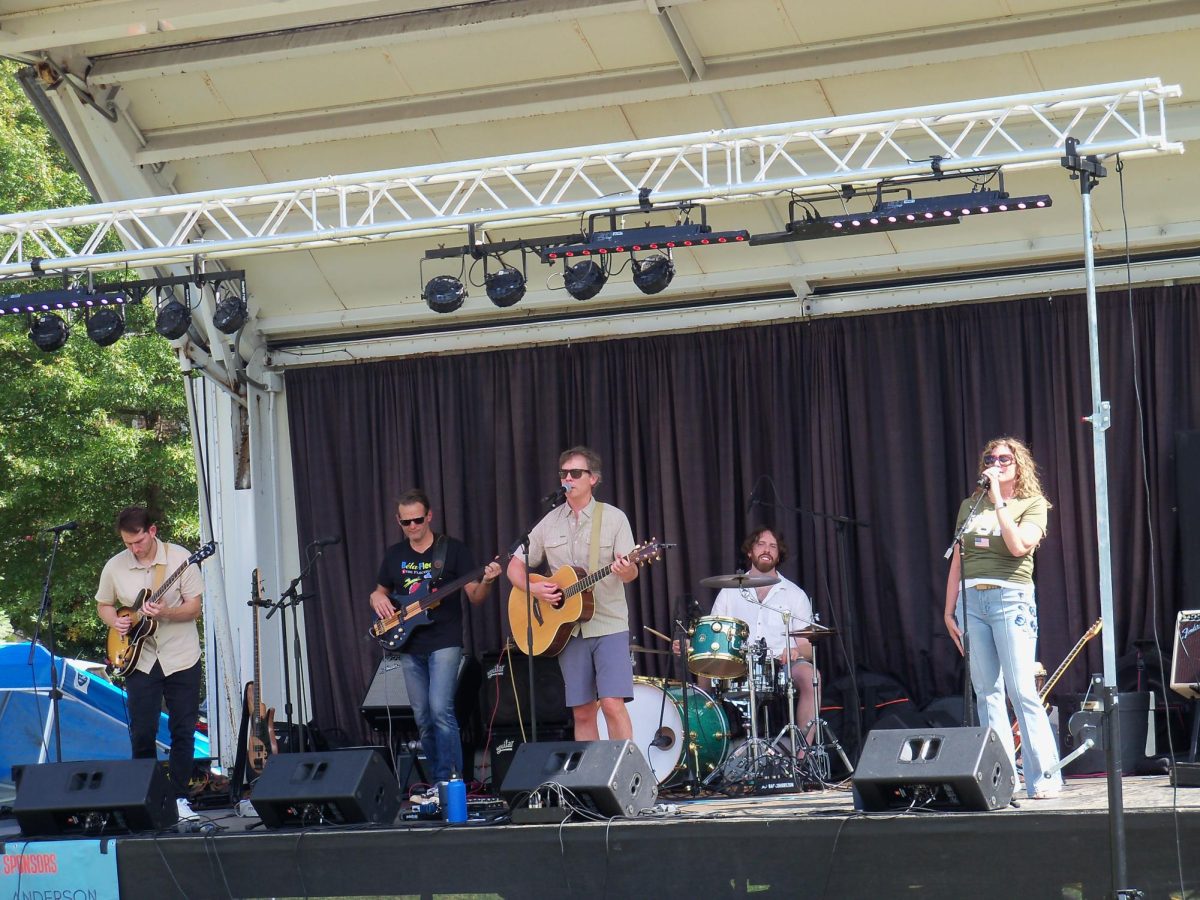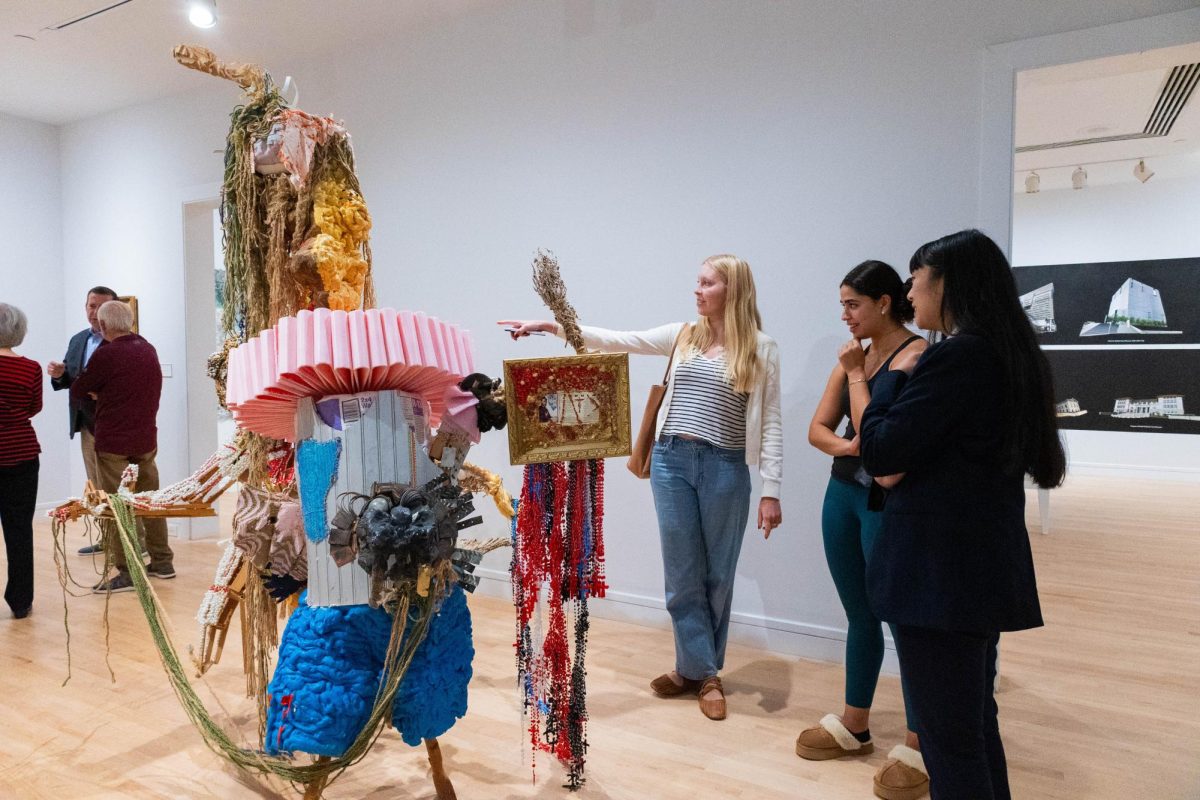When Assistant Professor of Art Lyla Halsted ’14 was a student, Davidson’s art history program focused almost exclusively on Europe. Even the Islamic art course that set her academic trajectory was taught by a history professor. Now, a little over a decade later, the department looks completely different.
For much of its existence, art history as an academic discipline has largely focused on the traditional Western canon. Recently, more attention has been paid to other parts of the world. Yukina Zhang is assistant professor of art and Chinese studies.
“Art history is also a constantly evolving, expanding field,” Zhang said. “How we define art now and what we identify as our subject of research are drastically different from […] what people researched at the beginning of the birth of the field.”
Davidson takes that shift a step further. None of the College’s three full time art history faculty, who were all hired within the last six years, focus solely on Europe. Halsted specializes in Islamic art, Zhang in East and Central Asian art, and Associate Professor of Art John Corso-Esquivel in contemporary and Latin American art, art criticism and theory.
To Zhang, the discipline’s evolution involves centering art from historically marginalized communities and global geographies. “What we consider as important subject matter for art history research has become wider and wider, and more inclusive as well,” Zhang continued.
Davidson’s art historians are deeply embedded in this effort. “I am currently teaching a new course, Female Sultans, which looks at the entirety of the Islamic visual tradition from the perspective of art commissioned by or for women, or produced by women,” Halsted said.
Zhang is also developing a new course about art in Taiwan in the post-1800 period, contributing to the still-nascent academic discourse on Taiwanese art. Like in her research and other classes, this course will touch on themes of transcultural solidarity, decolonization and indigenous contemporary art.
Starting last year, art history majors are required to take a methods course, Critical Theory for Visual Studies, which provides a foundation of key theoretical and methodological approaches to the discipline.
“We are trying to incorporate a stronger understanding of theoretical and methodological approaches to art history,” Halsted said. “Along with those [come] questions of gender, post-colonialism, thinking about intersections between cultures, exchange, movement of peoples and artwork. That is something that, when I was a student in this department, was not emphasized as much.”
Cross-listed courses from Africana Studies, French and Francophone Studies, and Classical Studies allow students to explore geographic, cultural and temporal contexts beyond the three art historians’ teaching specializations.
Some art history courses are also cross-listed with other departments, including Arab Studies, Latin American Studies, East Asian Studies and Chinese Studies.
As the department continues to take on new research subjects and materials, the College’s interdisciplinary approach allows students to explore novel connections. Many of Zhang’s senior capstone students this year are seeking mentorship from other departments like economics and anthropology to complete their projects.
Zhang said that Davidson’s interdisciplinary approach is unique. “Not all institutes are equally open to collaborate across departments.”
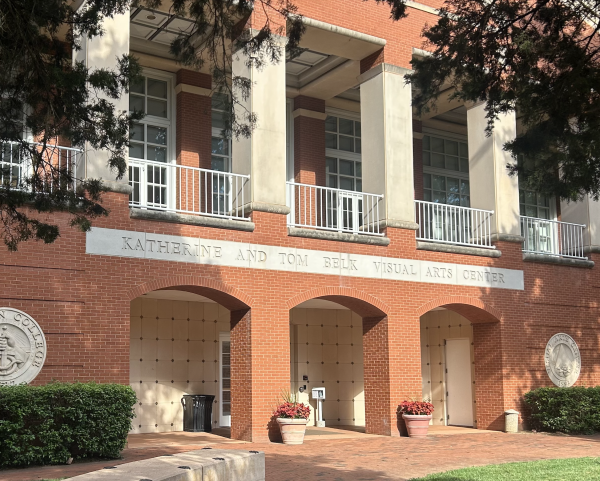
Davidson’s emphasis on global art history is unique among North Carolina colleges and universities. The College is one of the only North Carolina institutions with an Islamic art historian—an unusual feat for a small liberal arts college.
Art history programs in the US are traditionally structured around a Western/non-Western binary. Davidson’s program is structured temporally. Students are required to study art before and after 1800.
“[At Davidson] it’s no longer the Western/non-Western division. It is very specific geographic and cultural spheres and students will need to go around and get a pretty equal exposure to everything for the art history degree. So that is what I really like and support for the program,” Zhang said.
While much has changed in the past few years, faculty still see work to be done. “We are gradually trying to incorporate digital humanities into how we teach art history, because that is part of the future of our field,” Halsted said.
Zhang’s Silk Roads class last fall curated virtual exhibitions and, for the first time, some of Halsted’s students this semester will create an arcGIS story map for their final project. Beyond equipping students with the skills to read, think and write about art, Halsted said this approach exposes students to a variety of “transferrable skills that can broaden their career prospects as well.”
Some students expressed concerns that Davidson’s limited focus on Western European traditions leaves students ill-prepared for graduate school. Barbara Lopez ’28 is an intended art history major.
“Davidson has a relatively limited selection of art history courses, so much so that I decided my freshman year that studying abroad is the only way I would be able to get more of a variety,” Lopez said.
While Zhang and Halsted understand this concern, they both emphasized that the core skills an art historian should have are not restricted to a particular visual tradition.
“We are moving away from a time and place where the Western tradition is upheld as the sole tradition that you need to know in order to be an art historian,” Halsted said.
Instead, Zhang said, art history at Davidson provides rigorous training in critical visual analysis, including a substantial research project. “[Our] approach is definitely a leading one […] I think this is precisely the scholarly approach we need,” Zhang said.
These skills are applicable beyond academia. “I think the skills [students] learn in our classes or the cultural literacy they develop—that will serve them, one way or another, someday,” Halsted said.
Nonetheless, Zhang and Halsted both recognized that the department’s current offerings still leave gaps in geographic areas and time periods. “We’d love to offer everything. And that’s something that we hope someday, if our department can expand more, we can hire more faculty to do so,” Halsted said.
Ultimately, Halsted reiterated that Davidson’s approach to art history is special. “I think it’s really rare […] for students to be able to take African art, Asian art, Islamic art, contemporary art, in one really small institution like this. I don’t think that’s common,” Halsted said. “That is a choice that Davidson has made.”



